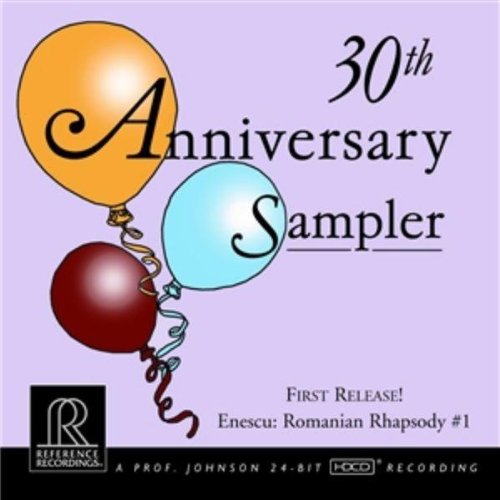I totally agree. I like to think that my equipment is well constructed and top shelf but it wasn't until I put each component on a rack designed to solve the vibration issue that I can say I truly heard my equipment. Same for line conditioners
Steve, though your rack's designer may well claim to have designed a rack to "solve" the problem with mechanical energy with all due respect, I can assure you your rack has a long journey ahead before can absolutely minimize much less solve the problem of universal distortions induced by mechanical energy onto our sensitive instruments. Nevertheless, I appreciate your comment as it means much.
That said I'd like to add a few notes about what I consider by far the most important and yet also by far the most overlooked aspect of high-end audio and that's building our playback systems on the right foundation.
I’m a huge proponent of superior and extreme forms of AC mgmt and especially superior and extreme forms of vibration mgmt for which I call building on the right foundation. Superior and extreme being the key words here and thus implying there exists plenty of inferior and half-assed forms.
My position is that electrical and mechanical (vibrational) energies are a basic requirement for any playback system to function at all. Yet when under controlled or improperly managed, these same two energies will utterly destroy our sensitive components’ precision and accuracy so that they can only perform at a small percentage of their real potential. Thus leaving a majority of the music information embedded in a given recording (regardless of format) so distorted that even though processed, it remained inaudible due to a much raised noise floor. A performance-limiting governor if you will.
Whether or not anybody agrees, every last system is built on this very same foundation. Whether it's an inferior / half-assed or superior / extreme foundation is entirely up to us. And just as in perhaps every other industry, it is the foundation that ultimately determines the performance levels of everything built on top of it.
Moreover, for those who live and die by measurements coming from sensitive measuring instruments, I've yet to try it but I've no doubt the very same philosophy applies to our sensitive measuring instruments too. That's why I put very little stock in measurements.
This thread has already gone off course,but the OP has been given good advice in the beginning. For those that haven't figured it out yet their is a quiet revolution taking place in high end audio. That revolution is vibration reduction and what I call common system noise reduction. After much experimentation I think the noise reduction will yield far greater results,but the joining of both mitigation engineering is vital to even come close to what any piece of gear in any system is capable of. Until you open the door and start down this pathway you have no idea what any system is capable of, no matter the cost or who designed it.
I have a new friend in the UK who started his "extreme grounding" journey and who has pm'ed me and said "wow and wow and how good can it get? I just say be patient and keep doing what your doing and tell him that until your gain level increases about +3db and your speakers produce a soundfield that has no boundaries you are not close. Then you start crossing thresholds.
It is a mind blower and you can't measure it.
I listened to this recording many times....tonight as I think my system is close? to settling in, just fantastic.

Last edited:










